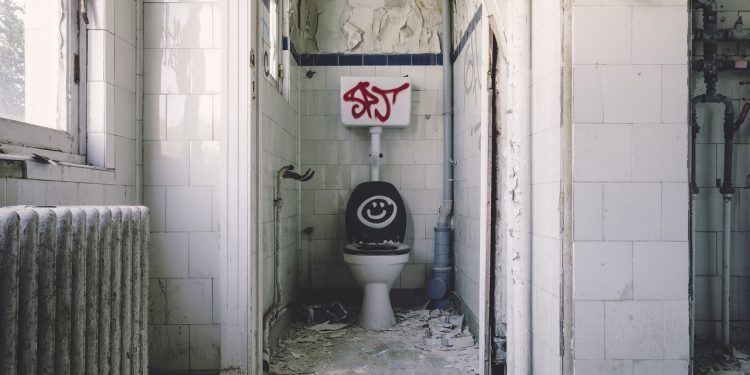Access to Toilets: Need of the Hour

What is World Toilet Day All About?
Since the year 2013, 19 November is celebrated as World Toilet Day. The aim of this day is to recognize the sanitation crisis across the world and urge the global community to take steps to solve this issue, since 1.3 billion people on the earth still don’t have access to toilets.
Significance for India
In the Indian context, World Toilet Day has become more of a necessity than just another day to be observed. This is because, in spite of our developing economy, around 60 percent of our population still defecates in the open. Around 18.6 percent of households in cities do not have toilets at home. Even though the percentage of schools having separate toilets for boys and girls has increased from 37% in 2005-06 to 91% in 2013-14, majority of them are not in usable condition as they either don’t have running water, or they are not cleaned everyday.
Plight of Sanitation in India
What is the reason behind the deplorable condition of sanitation in India? The sanitation crisis plagues our country, simply because the government has allocated a meagre 0.2% of the GDP to solve the problem. This is in contrast to our neighbours, Pakistan and Nepal, who spend 0.4% and 0.8% of their GDP respectively on health and sanitation, despite being poorer and having a lesser population. And the irony of the fact is that India has a toilet museum in Delhi, showcasing the history of sanitation, while more than half of the population does not have access to toilets.
Consequences of Neglect of Sanitation
The consequence of the lack of toilets in our country does not only put people’s health at risk, but also makes women a target for sexual predators. Consider the example of the Badaun rape case. The two victims had gone out to defecate in the open, as they didn’t have a toilet at home, from where they were abducted by goons and allegedly raped and later, murdered. Therefore, women who don’t have toilets in their households constantly live in the fear of being harassed if they go out to defecate, affecting their hygiene. For school girls, the only toilet they get to use is in school, but that too, as mentioned above, is mostly dysfunctional. According to UN General Secretary Ban Ki-moon, one in three women around the world lack access to safe toilets, due to which they are prone to diseases and molestation.
Initiatives Launched by the Government
While the Modi government has taken several initiatives to improve sanitation across the country, such as the Swachh Vidyalaya initiative launched in 2014, which aims at repairing dysfunctional toilets in schools and the Clean India mission, which aims to provide toilets to every Indian household by 2019, much is left to be done. Diseases caused by sanitation kills more people globally than HIV/AIDS, and India loses 6.4% of its GDP annually due to inadequate sanitation facilities.
What Can be Done?
To curb the sanitation crisis, the government must allocate more money towards health and sanitation, than increasing the salaries of its ministers every year. It should conduct regular inspection in schools and households to see whether there are toilets and are they functioning properly. More incentives should be given to people to build toilets in their households. This way, people will be saved from various diseases and there will be less chances of sexual harassment of women, who are forced to defecate in the open.
[Image Attribute: Pixabay]


